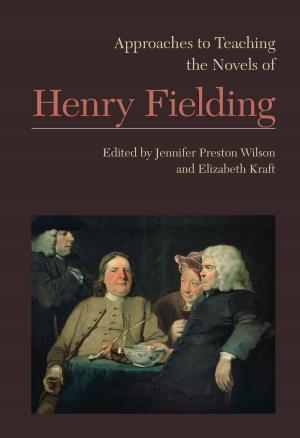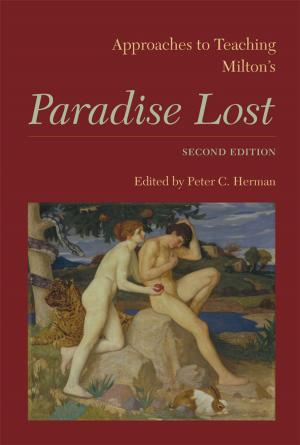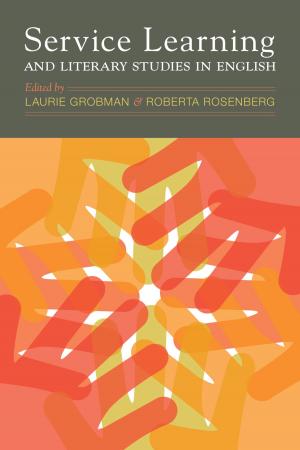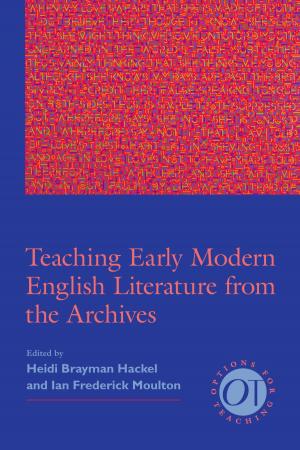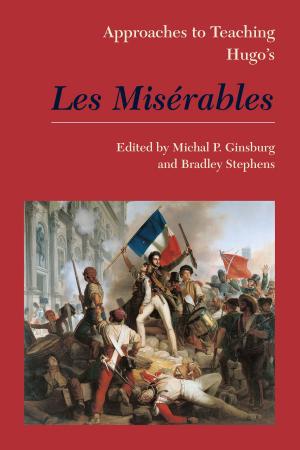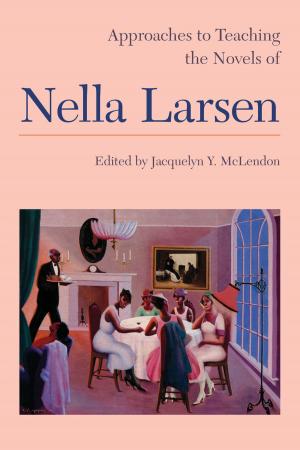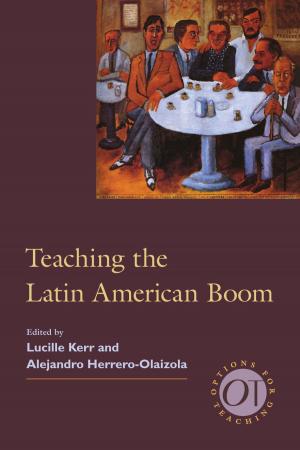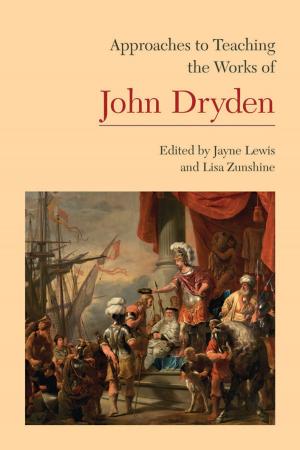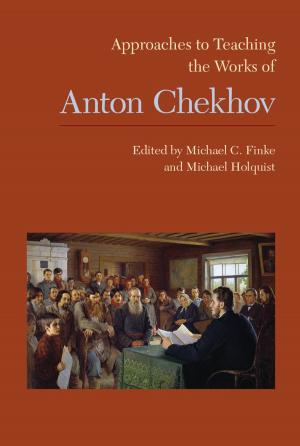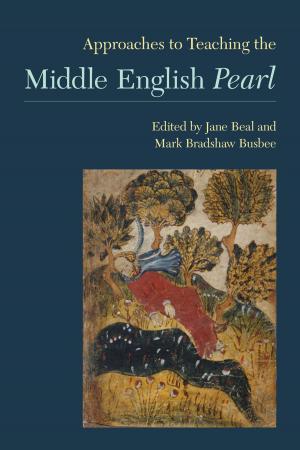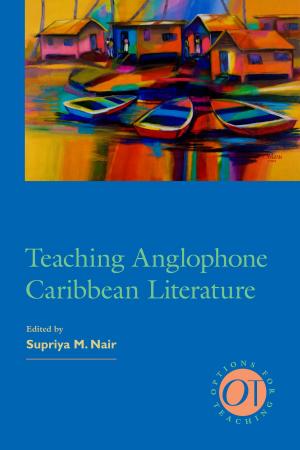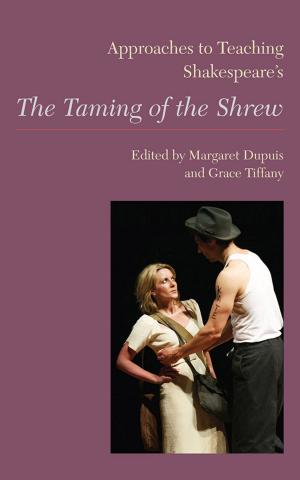Approaches to Teaching Tolkien's The Lord of the Rings and Other Works
Fiction & Literature, Literary Theory & Criticism, Science Fiction, British, Nonfiction, Reference & Language, Language Arts, Study & Teaching| Author: | ISBN: | 9781603292078 | |
| Publisher: | The Modern Language Association of America | Publication: | October 1, 2015 |
| Imprint: | The Modern Language Association of America | Language: | English |
| Author: | |
| ISBN: | 9781603292078 |
| Publisher: | The Modern Language Association of America |
| Publication: | October 1, 2015 |
| Imprint: | The Modern Language Association of America |
| Language: | English |
A philologist and medieval scholar, J. R. R. Tolkien never intended to write immensely popular literature that would challenge traditional ideas about the nature of great literature and that was worthy of study in colleges across the world. He set out only to write a good story, the kind of story he and his friends would enjoy reading. In The Hobbit and in The Lord of the Rings, Tolkien created an entire world informed by his vast knowledge of mythology, languages, and medieval literature. In the 1960s, his books unexpectedly gained cult status with a new generation of young, countercultural readers. Today, the readership for Tolkien's absorbing secondary world--filled with monsters, magic, adventure, sacrifice, and heroism--continues to grow.
Part 1 of this volume, "Materials," introduces instructors to the rich array of resources available for teaching Tolkien, including editions and criticism of his fiction and scholarship, historical material on his life and times, audiovisual materials, and film adaptations of his fiction. The essays in part 2, "Approaches," help instructors introduce students to critical debates around Tolkien's work, its sources, its influence, and its connection to ecology, religion, and science. Contributors draw on interdisciplinary approaches to outline strategies for teaching Tolkien in a wide variety of classroom contexts.
A philologist and medieval scholar, J. R. R. Tolkien never intended to write immensely popular literature that would challenge traditional ideas about the nature of great literature and that was worthy of study in colleges across the world. He set out only to write a good story, the kind of story he and his friends would enjoy reading. In The Hobbit and in The Lord of the Rings, Tolkien created an entire world informed by his vast knowledge of mythology, languages, and medieval literature. In the 1960s, his books unexpectedly gained cult status with a new generation of young, countercultural readers. Today, the readership for Tolkien's absorbing secondary world--filled with monsters, magic, adventure, sacrifice, and heroism--continues to grow.
Part 1 of this volume, "Materials," introduces instructors to the rich array of resources available for teaching Tolkien, including editions and criticism of his fiction and scholarship, historical material on his life and times, audiovisual materials, and film adaptations of his fiction. The essays in part 2, "Approaches," help instructors introduce students to critical debates around Tolkien's work, its sources, its influence, and its connection to ecology, religion, and science. Contributors draw on interdisciplinary approaches to outline strategies for teaching Tolkien in a wide variety of classroom contexts.

